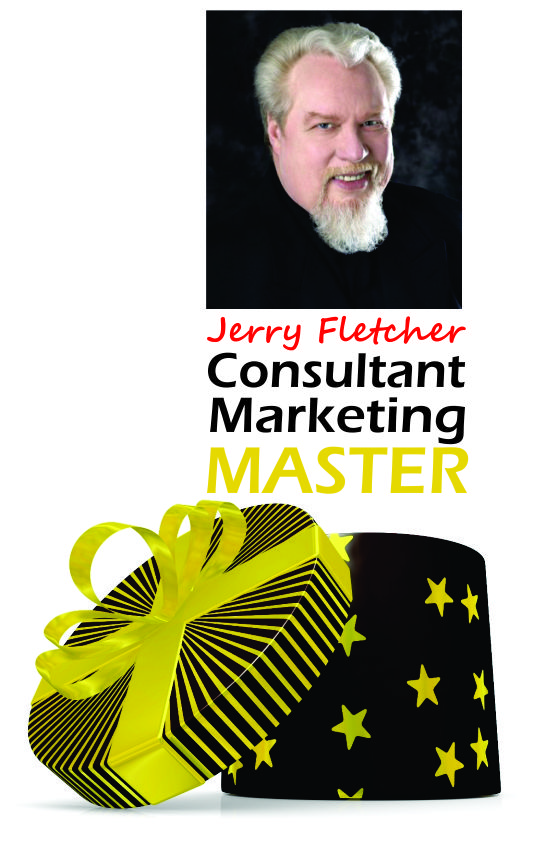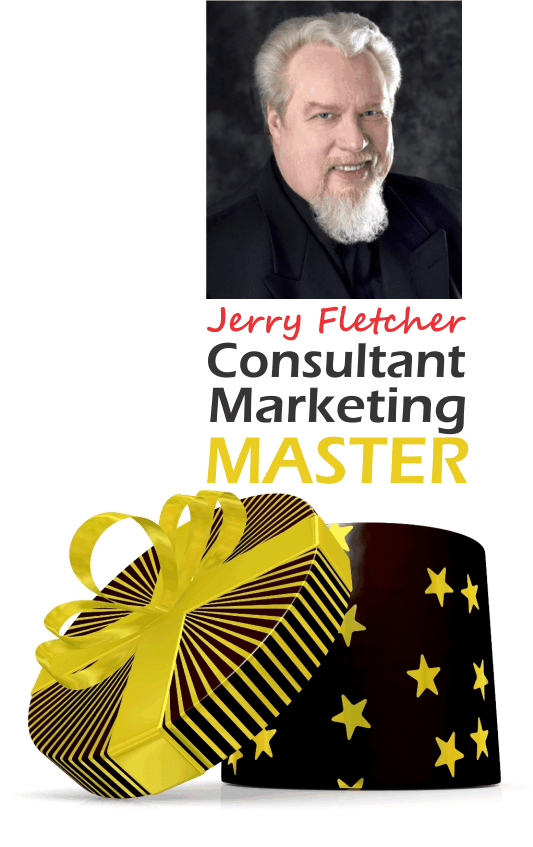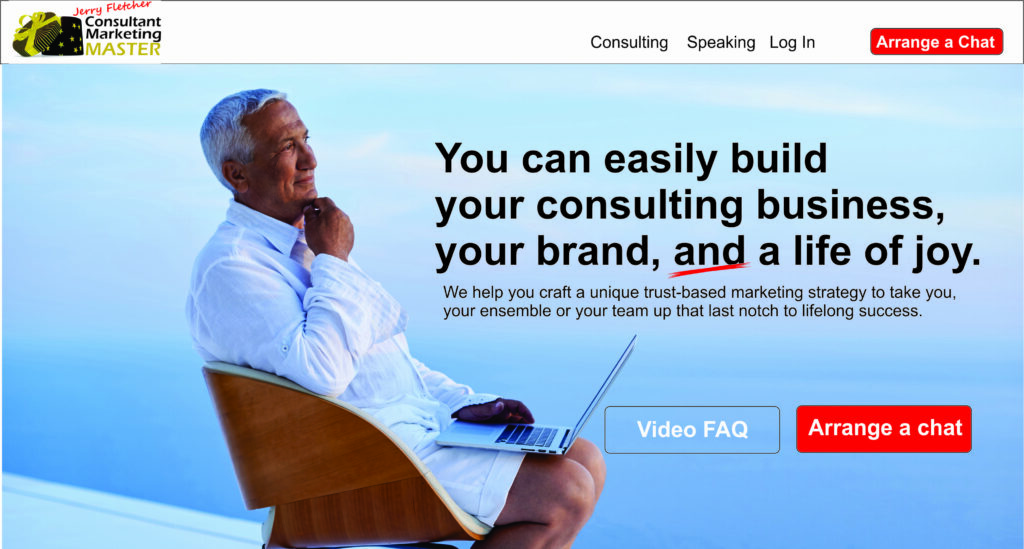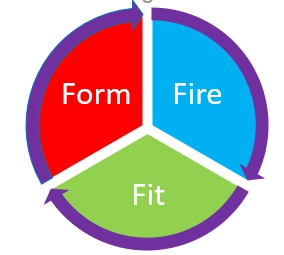
In an hour or so I’m headed for the airport.
Packed this morning.
The usual. Essential electronic components in a computer sized wheeled carry-on and a small, good for up to three days, carry on case.
Packing is a matter of minutes for me these days. There is a mental checklist firmly in place right down to managing the pharmacy that comes along with age.
That checklist thing got me to thinking.
All of us have baggage.
There are two kinds:
- The layers of detritus that we squirrel away in our homes and offices
- The layers of mental mothballing we engage in
Each connects with the other in ways that must be put under a microscope to even begin to fathom. Some of it is good. Some bad. Part is positive mirrored by negative. Every element clings to us. Each is a small component of our experiences both in physical and psychic space.
No two of us is alike.
Your baggage is different from mine and from everyone else’s. Sure, there are similarities. The physical stuff tends to be analyzed on a community level. The stuff in our heads is, to me, more intriguing. And, it may be more malleable than we think.
There is no operating manual.
As much as we hear about brain studies and research on what goes on when a stimuli impinges on one of our senses there is still no definitive repeatable system for controlling what we take in, store and carry around with us. It is not like the physical bags we lug aboard an aircraft. We can’t change them at will. In fact, it takes a great deal of commitment to make a change, any change. We don’t need research to tell us how difficult stopping patterns of behavior can be. Dieting ain’t easy. Starting an exercise regimen is difficult. Giving up addictions requires help.
Problem solving help
People claim to want this. And, that is why Consultants, Coaches, Head Doctors and Healers of all kinds can make a living. That is their job. Each of us knows, deep down that at some point we need help either because we have no experience with the problem to be solved or we’ve come up against a bit of our own baggage that is blocking our way forward.
Regardless of the reason we tend to spin up like a kid’s whirligig if the concern is allowed to get hold of our ego.Therein lies the dilemma. We need to allow ourselves to accept assistance but we want to believe we can handle just about anything on our own. Or we listen to that little voice that whispers in our ear that we’re just not good enough to do anything. And sometimes we do both at the same time!
On your own.
You might be surprised at how far you can go on your own. Yes, this is advice from a consultant but you have to execute and you have to judge the results and you have to do it alone. Here are some things that have proven to work for me, my clients and coaches I know
Challenge your assumptions. You may not even know you are making them. When you are having an interior monologue about a problem or concern you are addressing, watch for comments like:
“that won’t work because…”
“There’s no evidence that…”
“I don’t have enough time to implement an approach like that since…”
Consider the opposite For example, most people think about brand as some mystical identity that only a big budget and a lot of time can generate. What if you thought of it as something accomplished one individual at a time. Would that change how you think about becoming memorable, trusted and branded? Would it give you a reason to go a step further and become unforgettable.
Add some baggage. I know that sounds counterintuitive but often our baggage is just the empty bags that we have assembled over time. So open your mind. Read from sources that provide proofs. Look at research. Talk to people that have been there, done that and maybe originated the T-shirt. In other words get some experience vicariously.
Success is changing thought patterns
A consultant can’t be considered successful unless and until they manage to change the thought and behavior patterns of clients. That is what changes outcomes. That is what gets expected results. That is the way to become Unforgettable.
But it is not enough to make you Legendary. That takes another level of commitment, skill and desire. You must find a way to help the client learn to think differently. Your mission is to bring out the talent hidden in every entrepreneur, every business founder and every successful business owner that wants to take their company, staff, clients and themselves up a notch.Your mission whether or not you choose to accept it.
And so it goes.
______________________________________________________________________________
Jerry Fletcher is a master of consultant marketing, a sought-after International Speaker, and a beBee ambassador.
His consulting practice, founded in 1990, is known for crafting unique trust-based marketing strategies that build businesses, brands and lives of joy.
Consulting: www.JerryFletcher.com
Speaking: www.NetworkingNinja.com













